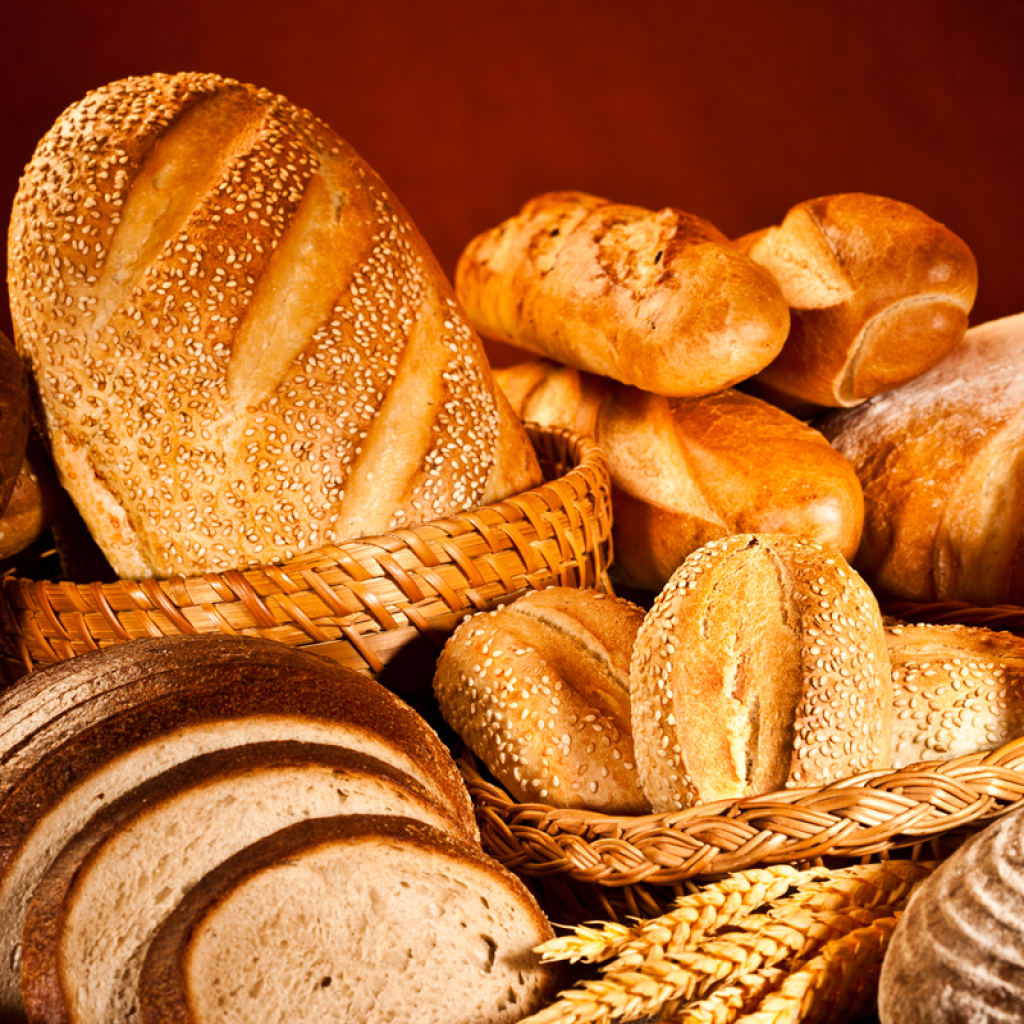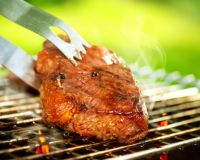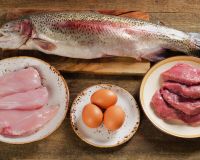
What Bread Can I Eat on a Renal Diet?
Bread type allowed on a renal diet can be a source of confusion for people with kidney disease. When we eat food our body uses what it needs and turns the rest into waste products. Bread is one of our staple foods and provides us with energy.
However, bread also contains some salt and phosphate. When your kidneys are not working properly, waste products like phosphate can build up in the blood. The kidneys can also find it more difficult to manage your blood pressure. The tables show the effects of too much salt and phosphate in our blood.

Salt (Sodium)
Most patients with kidney disease require a salt restriction. Salt is the main preservative used to keep our bread fresh. Breads can contain different amounts of salt per slice. Check food labels and try to pick one with lowest salt content.
If you are trying to gain weight or reduce your weight, please discuss with your dietitian how many slices of bread you should eat in the day.
Phosphate
As kidney function declines, so does the kidney’s ability to filter phosphate. Excess phosphate in the blood can cause problems with your heart and bones. White bread is lower in phosphate than brown bread. Often wholemeal or wholegrain sliced pan is also suitable for people on a renal diet (discuss what bread is suitable for you with your dietitian). Homemade soda bread (made without bran, wheatgerm, phosphate containing raising agent or baking powder) is also suitable but remember to count the milk, please see below for further advice on suitable bread types. Shop bought bread may not be suitable.
Diet sheet says: Sliced pan, baguettes, rolls, ciabatta, pitta bread, wraps;
choose wholemeal or wholegrain varieties;
homemade soda bread (count the milk)
Phosphate Food Additives
Manufacturers may add phosphorus when processing foods to thicken, improve taste or prevent discoloration. Added phosphate is very easily absorbed by the body. Dozens of additives contain phosphorus. Look for any ingredient that contains “phos” in the term. Here are some examples:
- Calcium phosphate
- Disodium phosphate
- Phosphoric acid
- Tricalcium phosphate
- Monopotassium phosphate
- Pyrophosphate polyphosphates
It is recommended that foods containing these additives are not eaten.
So what type of bread can I eat if I am on a low sodium and low phosphate diet?
Suitable bread types
White or brown pan loaf, baguettes, pitta bread, ciabatta, chapattis, white or granary bread rolls are all suitable. Your dietitian will decide if you can eat wholemeal bread based on your blood levels. Sourdough bread is not a suitable bread as it is high in phosphate. Your dietitian will also guide you on how many slices you should eat per day.
Homemade soda bread can be eaten once you discuss your phosphate and parathyroid hormone levels with your dietitian. Your recipe will also need to be reviewed by the dietitian so that milk used in making the soda bread can be incorporated into your daily dairy product allowance. Shop bought soda bread may also be suitable to eat if it contains no high phosphate containing ingredients such as baking powder, phosphate additives, bran or wheatgerm. Check the label for these ingredients or ask your baker. Ask you dietitian how much milk a slice of soda bread typically contains and count within your daily dairy product allowance.
Article Prepared by Barbara Gillman
Clinical Specialist Renal Dietitian, Mater Misericordiae University Hospital
On behalf of the Renal Interest Group, of the Irish Nutrition and Dietetic Institute



